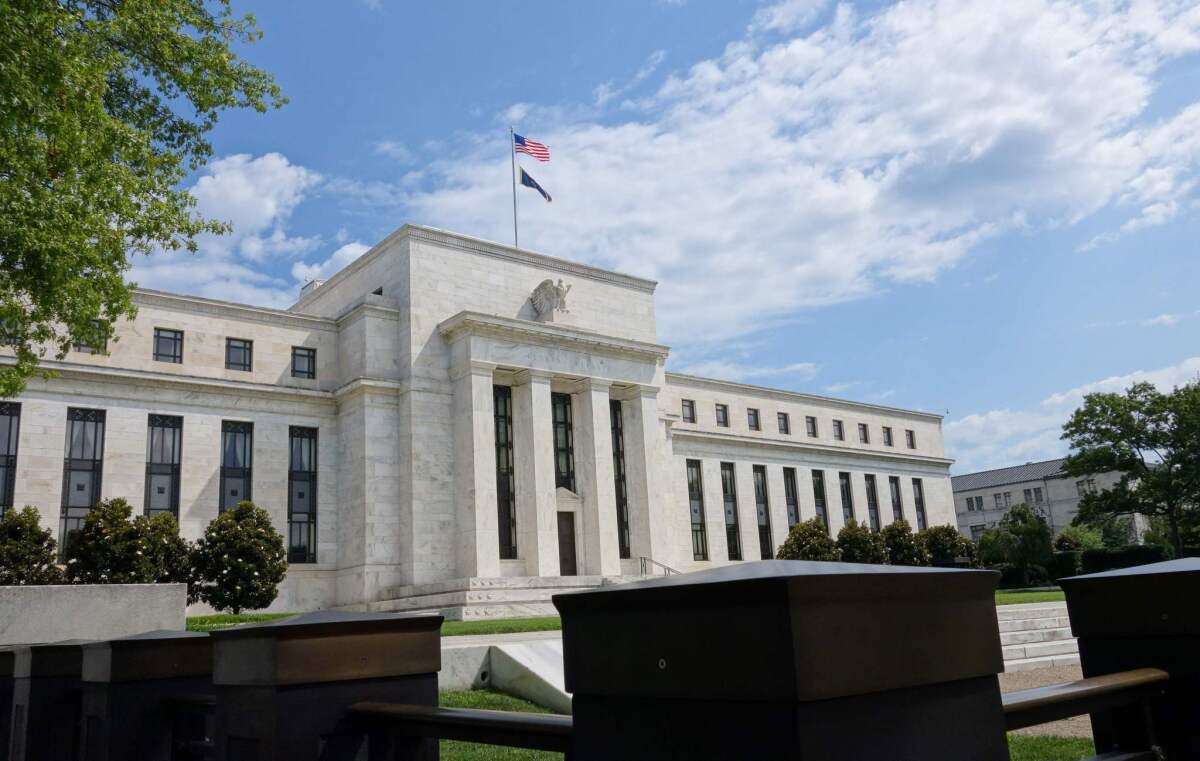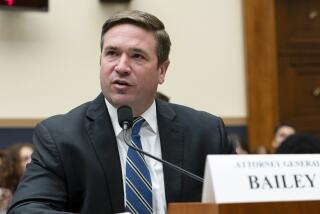Op-Ed: How to fix the Fed’s broken Main Street Lending Program

It has become clear that the Main Street Lending Program, the emergency lending program created by the Federal Reserve to help small and midsize businesses weather the coronavirus outbreak, is not structured to meet its goals.
This needs to be fixed. Small and mid
size businesses are a critical part of our economy. They account for about 40% of all employment in the United States, and they have substantial enterprise value that would be lost in bankruptcy. This would have high social costs, especially now, since most of these businesses could not restart quickly. Temporary layoffs could become permanent.
The Main Street program hasn’t attracted much interest from banks or borrowers. Although the Fed has said that the program could be as large as $600 billion, and the Treasury Department has allocated $37.5 billion to backstop the lending, only about 230 loans have been made, for a total of about $2 billion.
Main Street loans are offered at a moderate interest rate and for a five-year term, with deferred principal and interest, providing businesses time and flexibility to manage their losses over time. To limit the risk to the government, the program relies on banks to underwrite the loans. Banks keep 5% of the new loans and the Fed purchases 95%, with the Treasury providing capital to cover any losses.
Banks say that because they must still underwrite Main Street loans to meet their own criteria, the program does not increase their willingness to provide loans to riskier firms. Rather, a recent survey indicates that banks have tightened lending standards considerably, primarily because of increased risk and uncertainty generated by the coronavirus crisis.
At the same time, potential borrowers appear hesitant to take on additional debt, out of concern about servicing the debt once the crisis passes. Borrowers may also be concerned about Main Street’s limits on dividends, compensation and reductions in employment.
The Federal Reserve’s Main Street Lending Program isn’t living up to expectations, as few banks are willing to provide the loans.
The Fed’s lending programs for larger businesses have been very effective, even though their use has also been modest. By committing to be a backstop source of credit, and by purchasing debt in the secondary market, these programs help bigger businesses borrow in the bond market and reduce the risks to lenders. Conditions in the corporate bond market have eased greatly since the spring, and large businesses have issued record levels of bonds and built up their cash reserves.
In contrast, Main Street borrowers generally rely on banks, and the program itself is not a backstop. The program benefits borrowers only when banks use it to make loans. Some have suggested that the program could still be helpful if the recession lasts longer than expected. But it is critical to support businesses that are struggling now.
The downturn has been very deep. High levels of unemployment could cause permanent harm to labor markets. When business activity resumes, it is likely to do so slowly. Both the Fed and the Treasury should take steps to improve the Main Street program.
For instance, the program could offer higher fees to banks to encourage them to participate and make riskier loans. The loans could also be made more flexible, with lower rates and longer terms, reducing costs for smaller firms that have fewer alternative credit sources.
Finally, the Fed should clarify and, where appropriate, ease the conditions imposed on borrowers. In particular, some firms may be reluctant to borrow under the program because they do not know how the Fed and Treasury will determine if they made “commercially reasonable efforts” to maintain payroll and retain employees. Some of these changes would require the Fed and Treasury to accept larger losses on program loans, which they may be willing to do with congressional support.
Even with these adjustments, the legal constraints on Fed lending programs may limit the Main Street program’s effectiveness. Congress should therefore consider even more fundamental changes.
For example, many countries have established credit-guarantee programs that directly reduce the risks for lenders. This may do a better job of encouraging lending. To limit fiscal costs, guarantees could be limited to loans for smaller borrowers, for which liquidation likely has higher social costs.
Congress could also authorize contingent debt forgiveness, meaning loans could be forgiven if the pandemic lasts longer than anticipated. This would limit the credit risk faced by banks. It would also reduce the risk to borrowers of taking on additional debt when there remains great uncertainty.
These alternative approaches would require significant fiscal resources, but as Chairman Jerome Powell has noted, additional fiscal support is appropriate in the current circumstances. And if implemented quickly, such changes could offer very large benefits to the economy. We need small and midsize businesses to survive the pandemic — and to rehire workers when the effects of the crisis finally wane.
William English is a professor in the practice of finance at the Yale School of Management. He previously served as the director of the division of monetary affairs at the Federal Reserve Board. Nellie Liang is a senior fellow at the Brookings Institution. She previously served as the director of the division of financial stability at the Federal Reserve Board.
More to Read
A cure for the common opinion
Get thought-provoking perspectives with our weekly newsletter.
You may occasionally receive promotional content from the Los Angeles Times.











